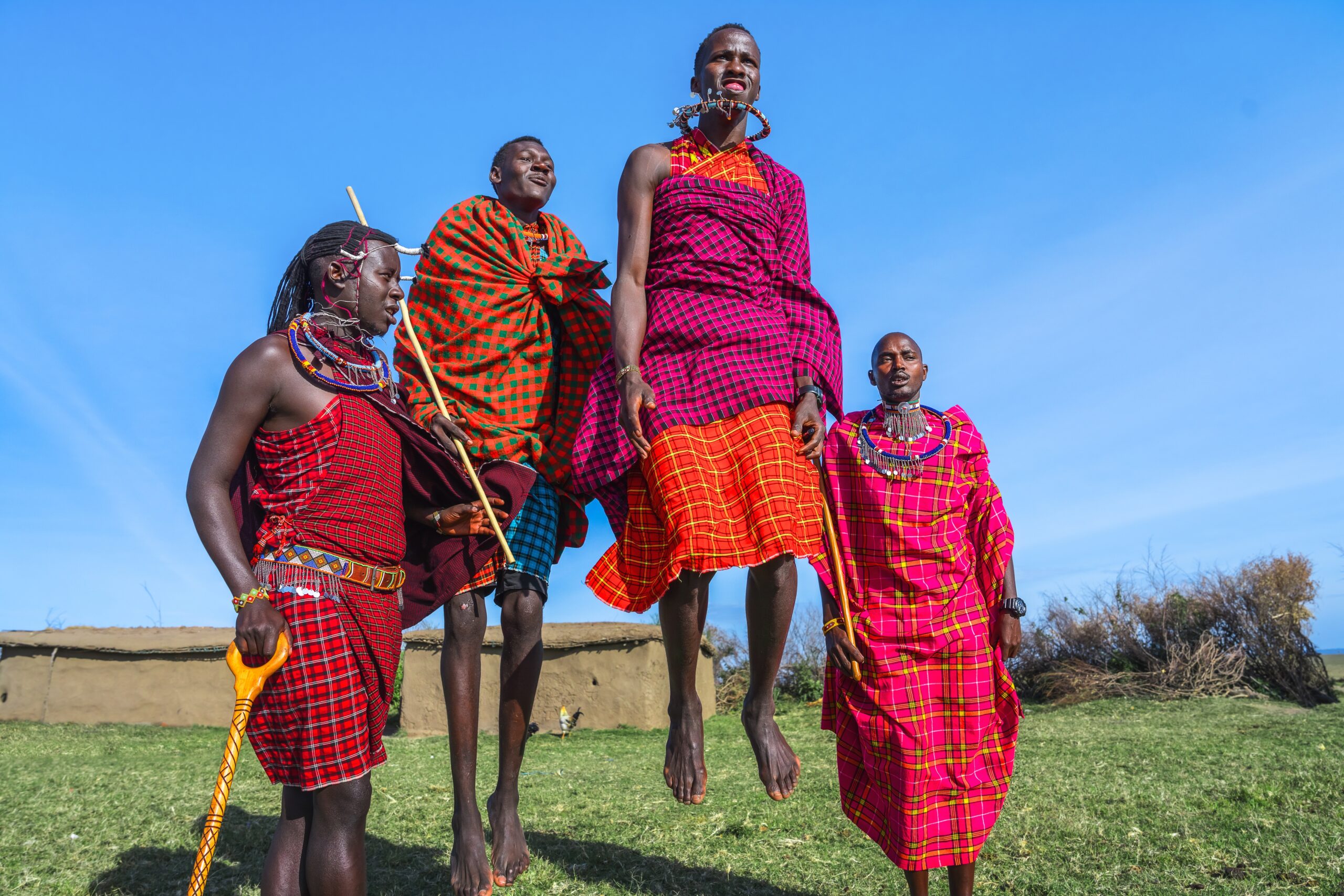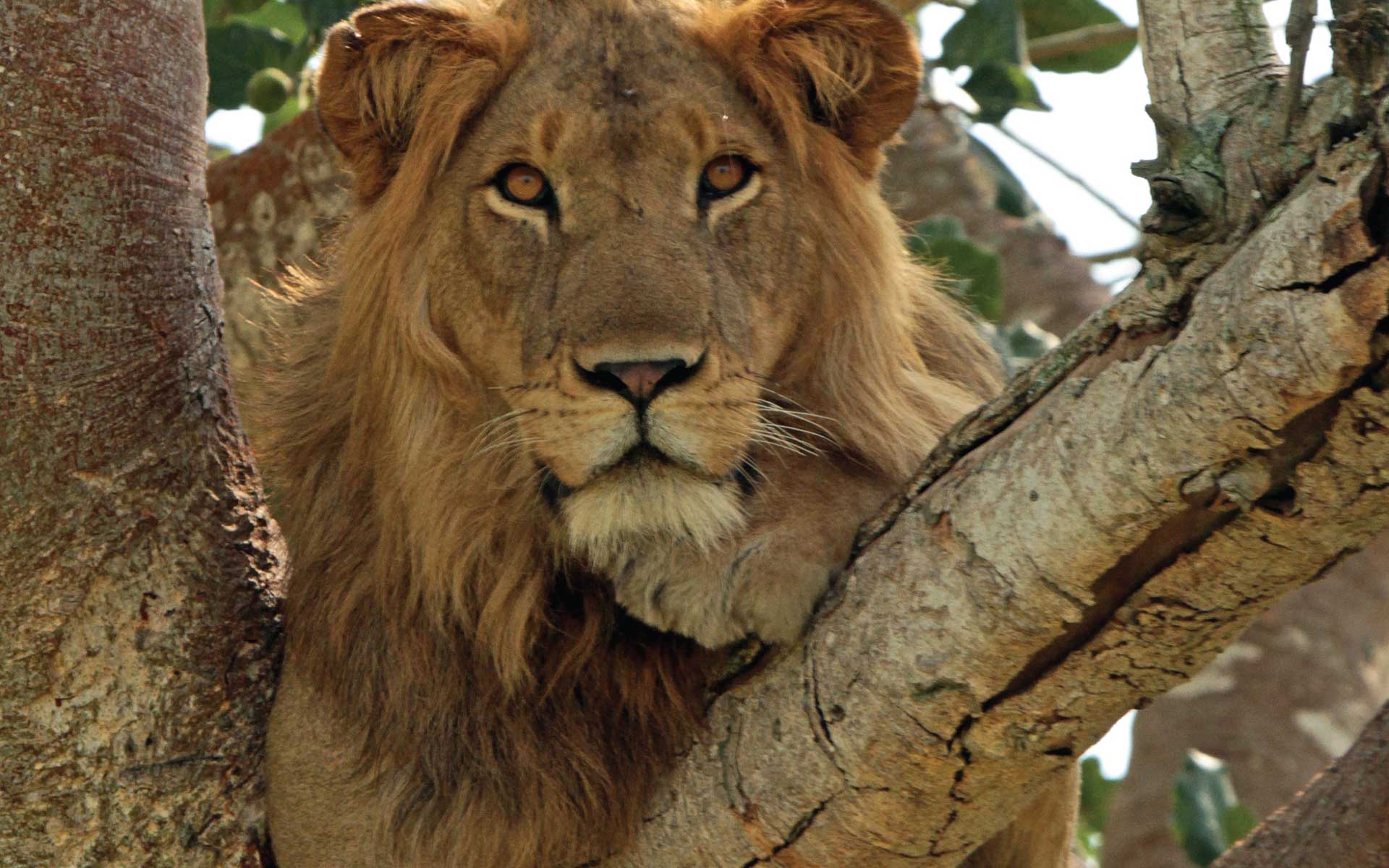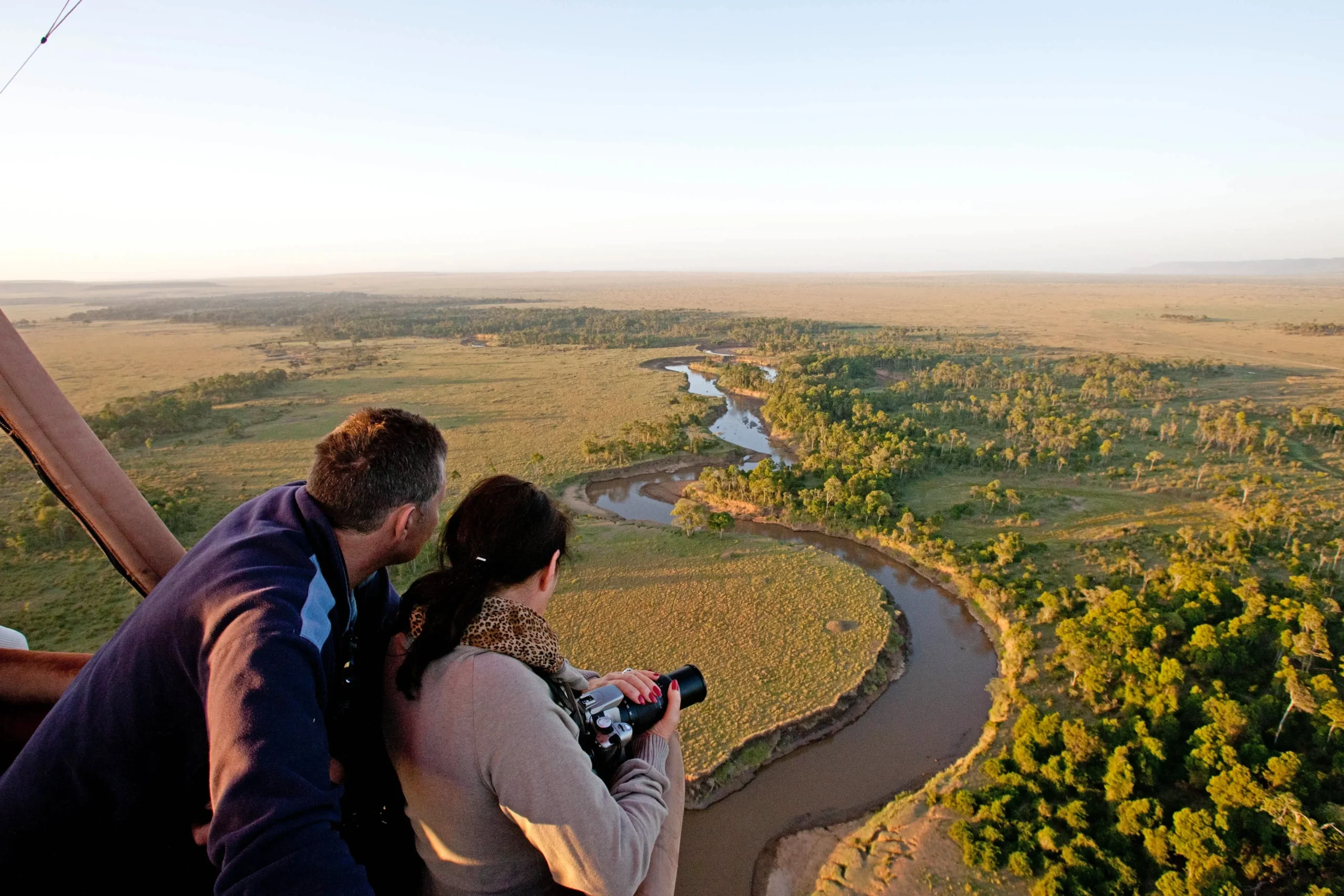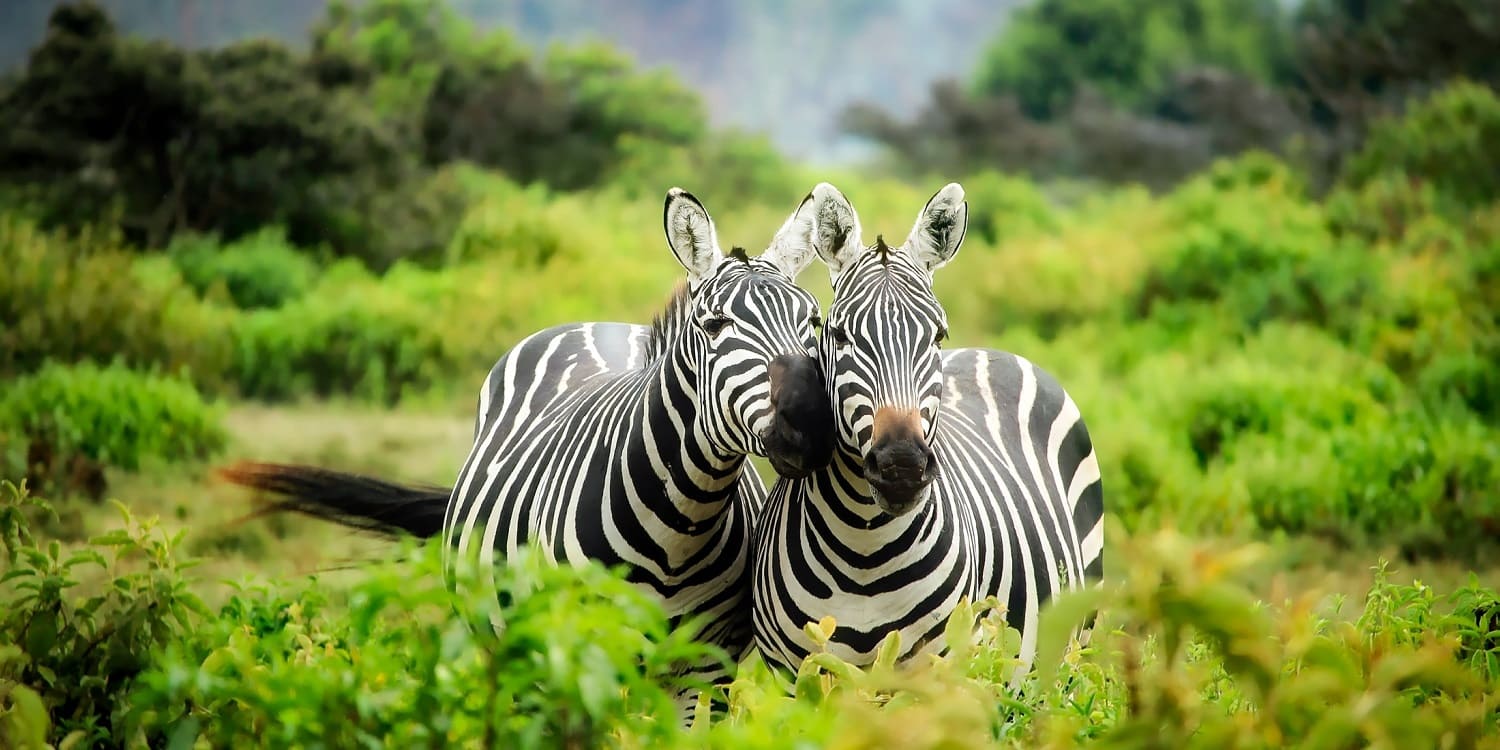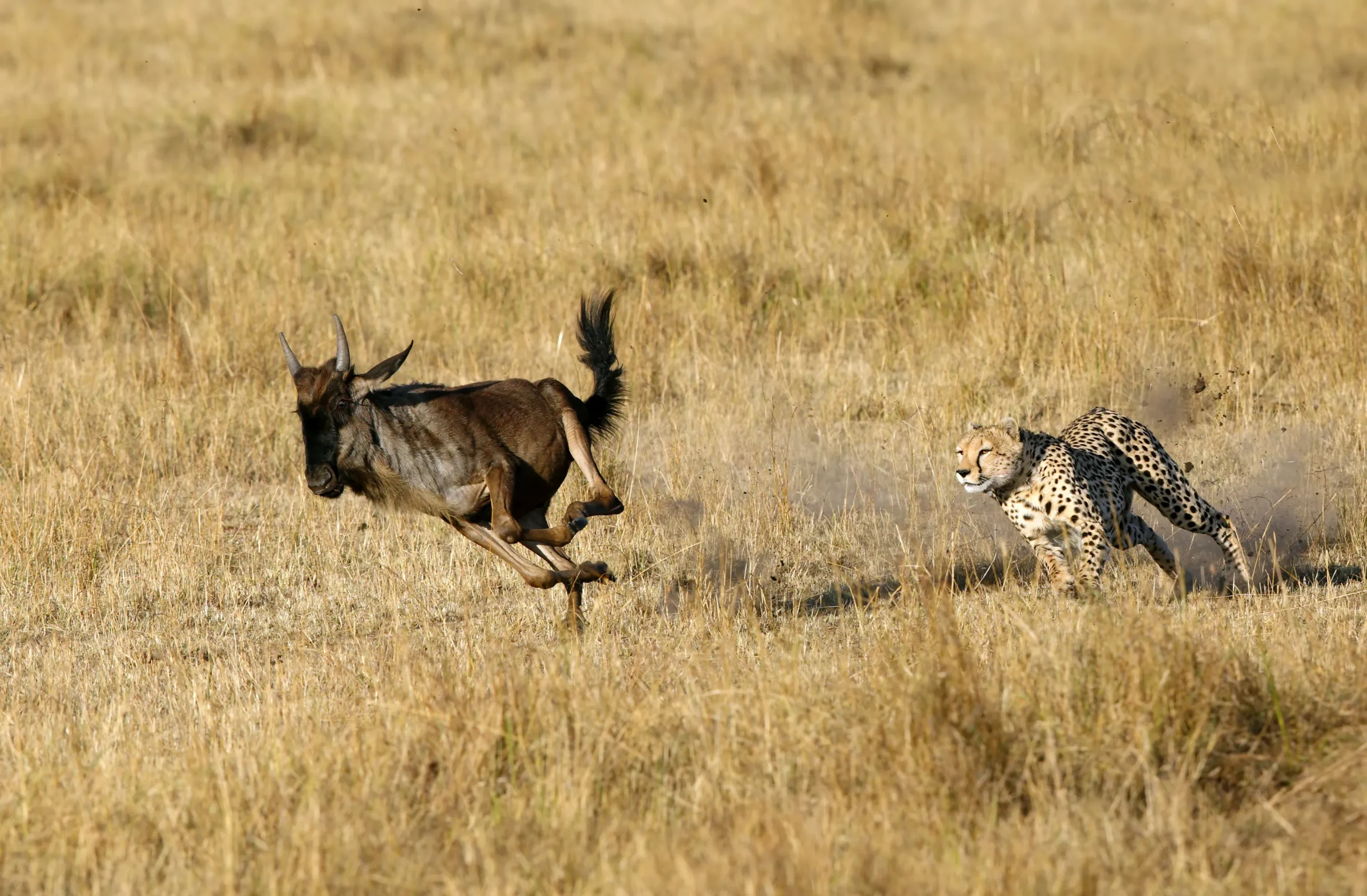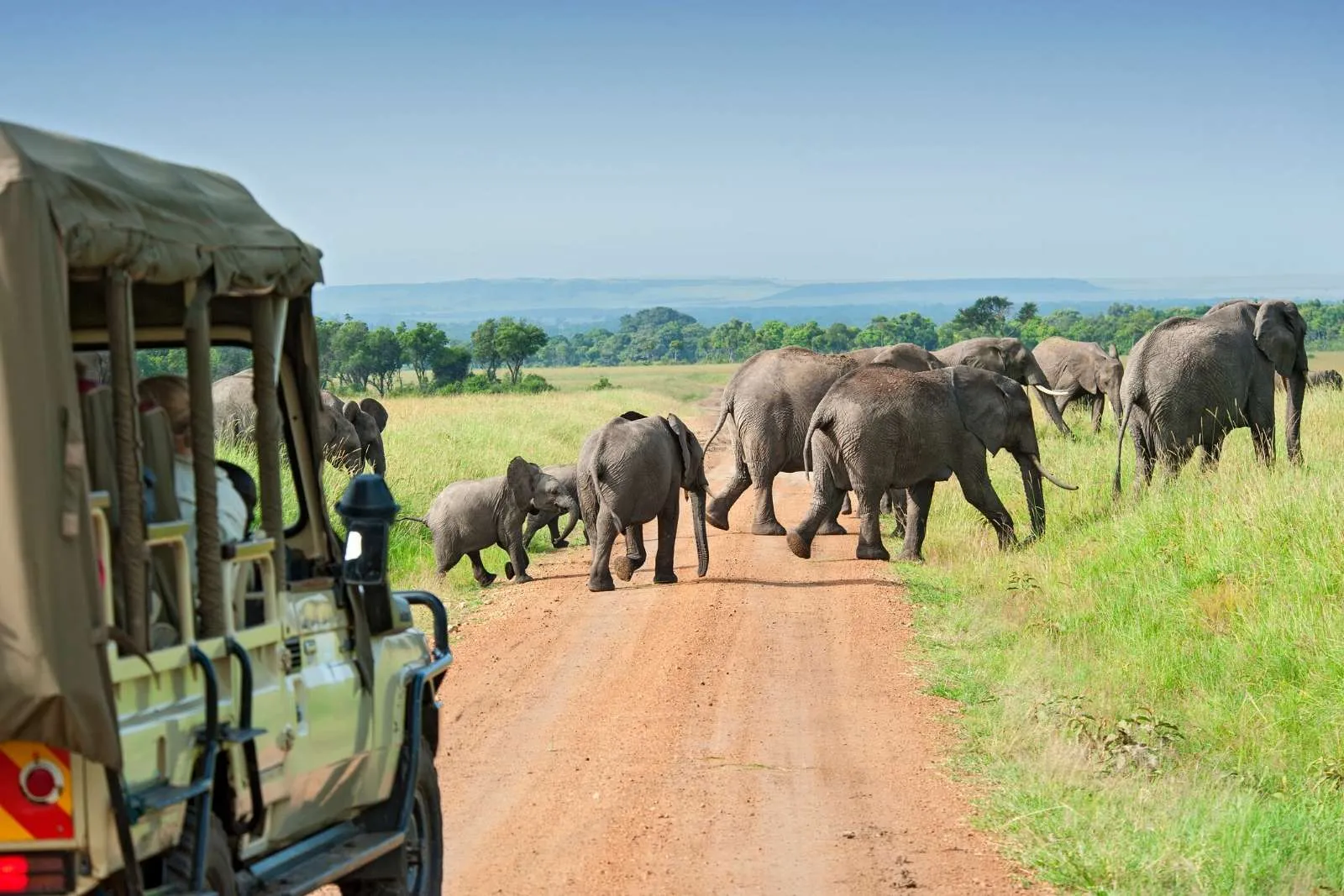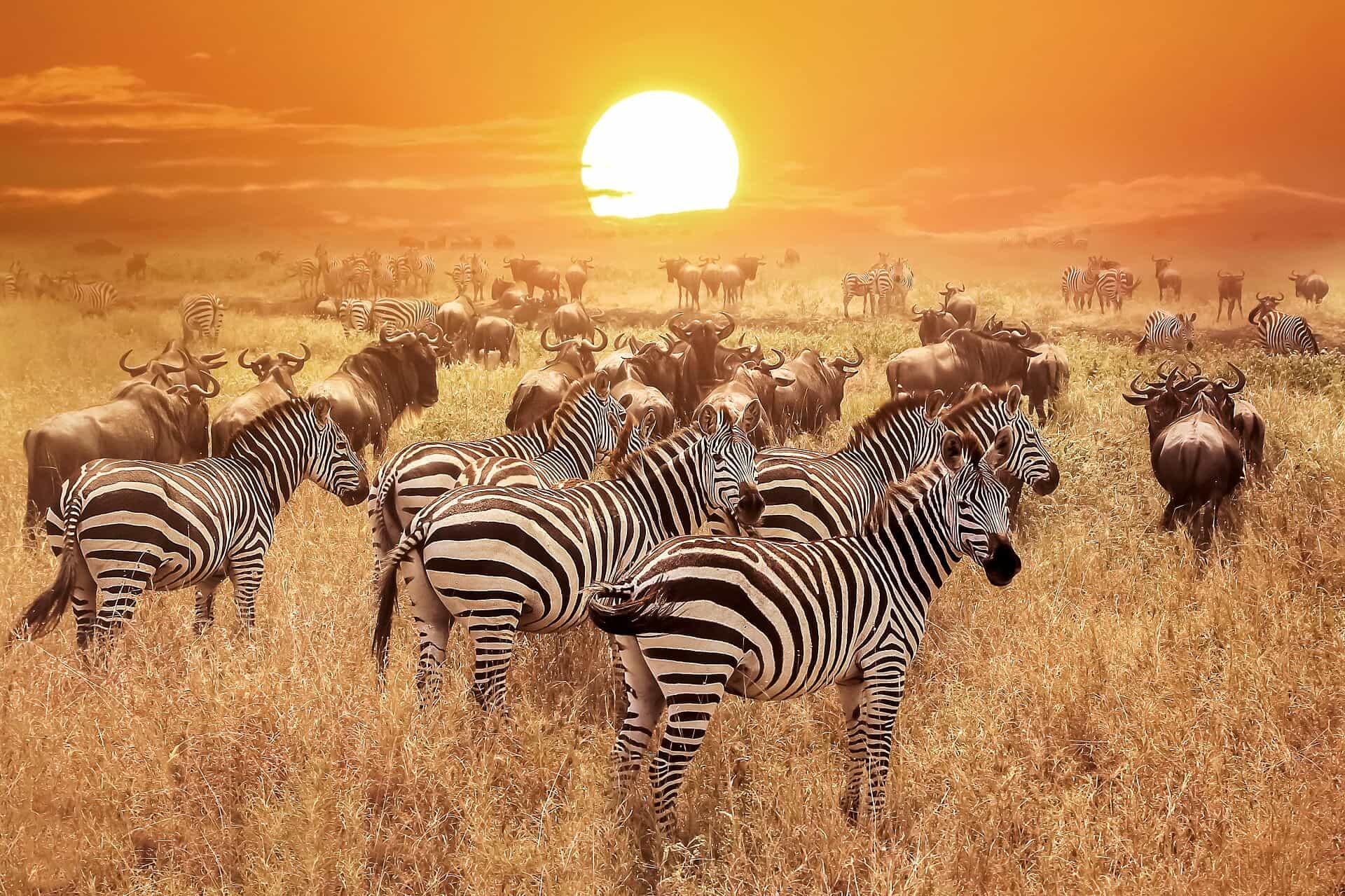Masai Mara National Reserve is one of Kenya’s most famous and renowned wildlife reserves, known for its extraordinary wildlife, breathtaking landscapes, and the annual Great Migration of wildebeests, zebras, and gazelles. Located in the southwest of Kenya, near the border with Tanzania, Masai Mara offers an unparalleled safari experience, drawing thousands of visitors each year from around the world.
Location and Size
- Location: The Masai Mara is situated in the Rift Valley of southwestern Kenya, approximately 270 kilometers (167 miles) from Nairobi, the capital city of Kenya. It is adjacent to Tanzania’s Serengeti National Park, forming part of the same ecosystem.
- Size: The reserve covers an area of 1,510 square kilometers (583 square miles), although the greater Mara ecosystem, which includes conservancies and surrounding areas, spans over 5,000 square kilometers.
History and Establishment
- Founded: Masai Mara was established as a game reserve in 1961, although the area had long been home to the Maasai people, who still live in the area. The Mara is named after the Maasai people, a semi-nomadic tribe, and the word “Mara” means “spotted” in their language, referring to the region’s unique landscape dotted with trees and shrubs.
- Conservation: The Masai Mara Reserve is managed by the Narok County Council and is one of Kenya’s most important conservation areas. It is also part of the larger Mara-Serengeti ecosystem, which is recognized for its ecological importance and wildlife preservation.
Wildlife and Biodiversity
Masai Mara is home to an exceptional variety of wildlife, and it is especially famous for its rich populations of the Big Five (lion, elephant, buffalo, leopard, and rhinoceros).
- Big Five: The reserve boasts some of the best opportunities for viewing the Big Five. The lions of Masai Mara, often seen in prides, are particularly famous, and the park is one of the best places to spot them in the wild. Leopards, though more elusive, are frequently spotted in the park’s forests and trees.
- Great Migration: Masai Mara is one of the world’s most famous locations for the Great Migration, which takes place between July and October each year. During this time, over 1.5 million wildebeests, along with thousands of zebras and gazelles, migrate from Tanzania’s Serengeti to Masai Mara in search of fresh grazing. The migration is marked by dramatic river crossings, where animals must navigate crocodile-infested waters of the Mara River, providing some of the most spectacular wildlife viewing in the world.
- Other Wildlife: In addition to the Big Five, Masai Mara is home to a wide variety of other species, including cheetahs, hyenas, hippos, crocodiles, giraffes, zebras, buffaloes, impalas, warthogs, and antelopes. The reserve also boasts large populations of baboons, monkeys, and a diverse range of bird species such as eagles, vultures, flamingos, and storks.
Landscape and Terrain
- Grasslands and Savannah: Masai Mara’s landscape consists mostly of open grasslands and savannah, with scattered acacia trees, shrubs, and thickets. These vast open spaces make it ideal for game viewing, especially for spotting large herds of animals.
- Riverine Areas: The Mara River is a significant feature of the park, running through the northern border. This river plays a key role during the Great Migration, as the animals must cross it to continue their journey to the greener pastures of the Mara.
- Hills and Forests: The reserve also has parts covered by woodlands and riverine forests, providing more varied environments and habitats for wildlife.
- Scenic Views: From various viewpoints, visitors can enjoy panoramic views of the Mara plains stretching out to the horizon, with scattered wildlife and occasional herds of animals grazing in the distance.
Activities
- Game Drives: The primary activity in Masai Mara is the game drive, where visitors can explore the reserve with expert guides in search of wildlife. Early morning and late afternoon game drives are the best times for animal sightings, as animals are more active during these cooler periods.
- Hot Air Balloon Safaris: One of the most memorable experiences in the Mara is taking a hot air balloon ride at sunrise. The balloon provides a bird’s-eye view of the plains, allowing visitors to see wildlife from above as the sun rises over the savannah.
- Walking Safaris: Guided walking safaris are available in the Masai Mara, offering an intimate and up-close experience with nature. Accompanied by a Maasai guide, visitors can learn about the flora and fauna, as well as traditional Maasai culture.
- Cultural Visits: Visitors to Masai Mara can also experience the rich culture of the Maasai people through visits to traditional Maasai villages, where they can learn about Maasai customs, dances, and way of life.
Accommodation
The Masai Mara offers a range of accommodations to suit all types of travelers:
- Luxury Lodges & Tented Camps: For those seeking comfort and luxury, there are several high-end lodges and tented camps in the reserve. Some popular options include:
- Angama Mara: A luxury lodge with stunning views of the Mara plains, offering exclusive safari experiences.
- Mara Serena Safari Lodge: An iconic lodge that blends seamlessly with the landscape and offers panoramic views of the Mara.
- Governors’ Camp: A luxurious tented camp that offers excellent service and prime location for game viewing.
- Mid-Range & Budget Camps: For those on a tighter budget, there are various mid-range and budget options like Mara Sopa Lodge, Mara Simba Lodge, and Tipilikwani Mara Camp, offering comfortable accommodations while still providing excellent access to the wildlife.
- Camping: For a more rustic experience, visitors can camp in designated campsites within the Mara or choose from several mobile camps.
Best Time to Visit
- High Season (July to October): The Great Migration is the highlight of this period, and it’s the best time to visit for witnessing the dramatic river crossings and large herds of wildebeest, zebras, and gazelles.
- Low Season (November to June): While the rainy season (April to June) brings lush landscapes and fewer tourists, it can make some roads impassable, and some areas might be harder to access. However, wildlife viewing remains excellent during these months, and the reserve is less crowded.
Conservation and Management
Masai Mara is managed by the Narok County Council and is part of the Greater Mara Ecosystem, which also includes private conservancies and areas adjacent to the park. These conservancies help to protect the park’s wildlife and provide economic benefits to local Maasai communities through eco-tourism.
The reserve faces challenges such as poaching, habitat loss, and human-wildlife conflict, but significant conservation efforts, including anti-poaching patrols and community-based conservation programs, are underway to address these issues.
How to Get There
- By Road: The Masai Mara is about a 5-6 hour drive from Nairobi, depending on the route and road conditions. It is accessible via the Nairobi-Narok Road, and visitors can choose to travel by road for an adventurous journey through the Kenyan countryside.
- By Air: There are several airstrips within and around the Masai Mara Reserve, and visitors can fly directly from Nairobi to Mara North, Olkiombo, or Kichwa Tembo airstrips. Domestic flights are available via scheduled or chartered services.
Conclusion
Masai Mara National Reserve is a must-visit destination for wildlife lovers and adventure seekers. With its diverse landscapes, abundance of wildlife, and the unforgettable Great Migration, it’s no wonder the reserve remains one of the most popular safari destinations in the world. Whether you are exploring its rich wildlife, experiencing Maasai culture, or capturing the beauty of its landscapes, Masai Mara offers an authentic and immersive safari experience.


